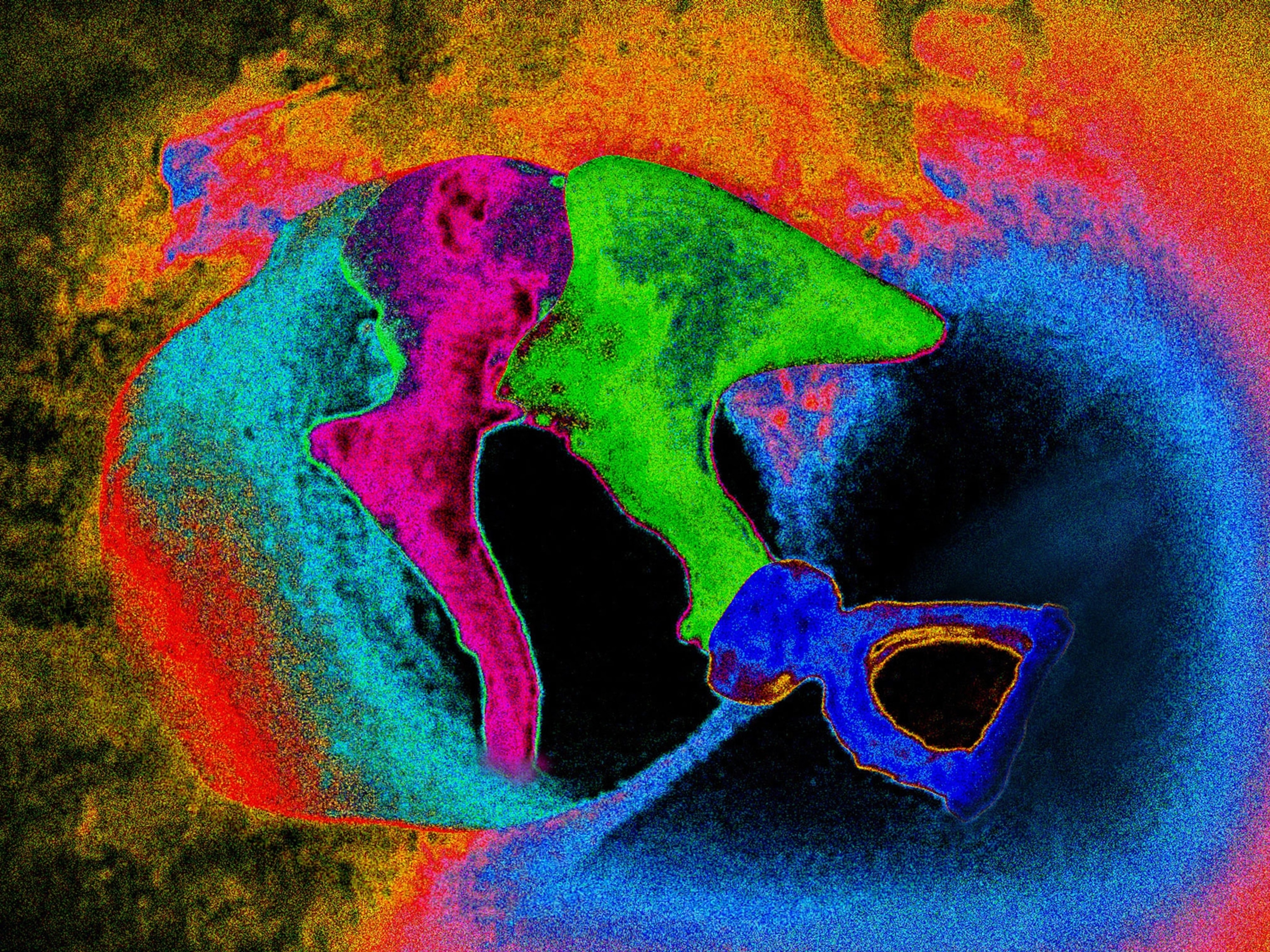
Eurasian Badgers: Known for Digging Dirt, and Each Other
It’s bad enough that they endlessly tunnel under lawns—but badgers also disrupt with their noisy, passionate encounters.
“Sex-mad,” roared the headline in the U.K.’s Daily Mail. The news report quoted Sheffield, England, homeowners’ complaints that their “neighbours from hell” were having “noisy late-night passionate encounters outside.”
Get a room, Meles meles! Then again, the Eurasian badger’s homemaking may be as disruptive as its lovemaking: It can ruin lawns and undermine buildings as it digs setts, the chamber-and-tunnel systems it calls home.
Who knows whether badgers’ favorite pastime is digging or breeding. Clans move tons of earth to create labyrinthine setts; some incorporate tunnels that their fore-badgers dug centuries ago. They pile up leafy bedding (which they regularly change) in chambers used for indoor breeding. During sex, females may yelp, males may emit a cross between a whinny and a purr—and the sound carries. When badgers dug a love nest under a Derbyshire church, “there was much concern over the pungent odours and strange noises that emanated during evensong,” according to the 1996 book Badgers.
Flexible as to where they have sex, badgers are also biologically blessed as to when. A female can maintain embryos “in a sort of suspended animation” and delay their implantation in her uterus for months, says wildlife biologist Dez Delahay of the University of Exeter. As a result, badgers can breed all year and still time their babies’ birth to a season when conditions most favor their survival. Only a few mammal species have that reproductive advantage, so Meles meles really does have something to purr about.
You May Also Like
Go Further
Animals
- How can we protect grizzlies from their biggest threat—trains?How can we protect grizzlies from their biggest threat—trains?
- This ‘saber-toothed’ salmon wasn’t quite what we thoughtThis ‘saber-toothed’ salmon wasn’t quite what we thought
- Why this rhino-zebra friendship makes perfect senseWhy this rhino-zebra friendship makes perfect sense
- When did bioluminescence evolve? It’s older than we thought.When did bioluminescence evolve? It’s older than we thought.
- Soy, skim … spider. Are any of these technically milk?Soy, skim … spider. Are any of these technically milk?
Environment
- Are the Great Lakes the key to solving America’s emissions conundrum?Are the Great Lakes the key to solving America’s emissions conundrum?
- The world’s historic sites face climate change. Can Petra lead the way?The world’s historic sites face climate change. Can Petra lead the way?
- This pristine piece of the Amazon shows nature’s resilienceThis pristine piece of the Amazon shows nature’s resilience
- Listen to 30 years of climate change transformed into haunting musicListen to 30 years of climate change transformed into haunting music
History & Culture
- Meet the original members of the tortured poets departmentMeet the original members of the tortured poets department
- Séances at the White House? Why these first ladies turned to the occultSéances at the White House? Why these first ladies turned to the occult
- Gambling is everywhere now. When is that a problem?Gambling is everywhere now. When is that a problem?
- Beauty is pain—at least it was in 17th-century SpainBeauty is pain—at least it was in 17th-century Spain
Science
- Here's how astronomers found one of the rarest phenomenons in spaceHere's how astronomers found one of the rarest phenomenons in space
- Not an extrovert or introvert? There’s a word for that.Not an extrovert or introvert? There’s a word for that.
- NASA has a plan to clean up space junk—but is going green enough?NASA has a plan to clean up space junk—but is going green enough?
- Soy, skim … spider. Are any of these technically milk?Soy, skim … spider. Are any of these technically milk?
Travel
- Dina Macki on Omani cuisine and Zanzibari flavoursDina Macki on Omani cuisine and Zanzibari flavours
- How to see Mexico's Baja California beyond the beachesHow to see Mexico's Baja California beyond the beaches
- Could Mexico's Chepe Express be the ultimate slow rail adventure?Could Mexico's Chepe Express be the ultimate slow rail adventure?




